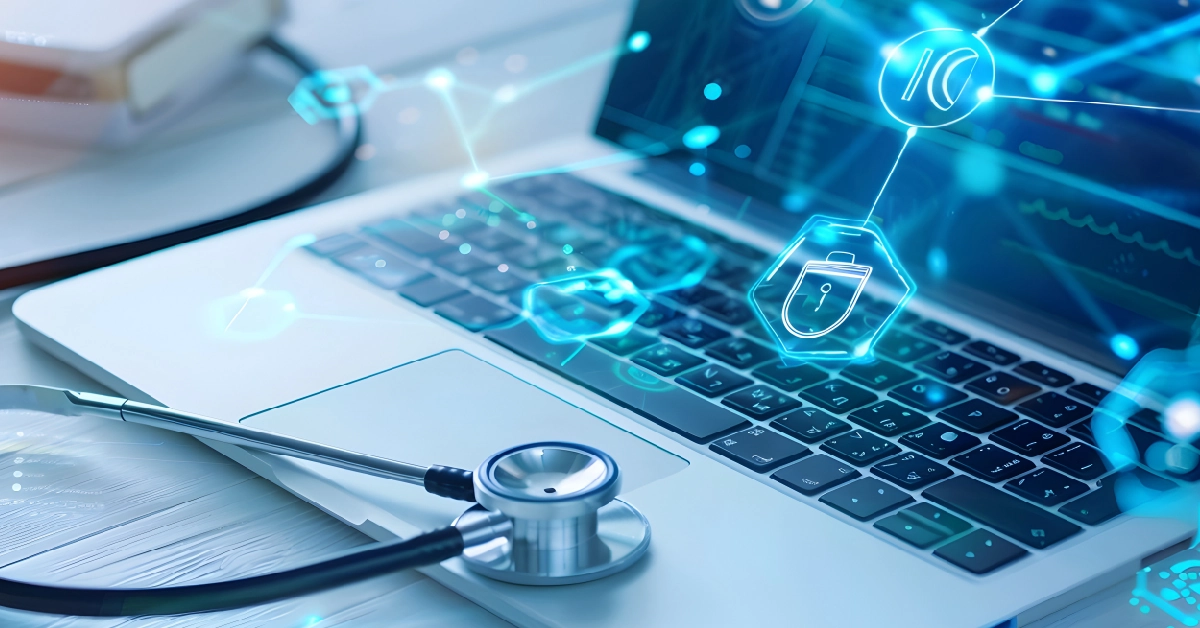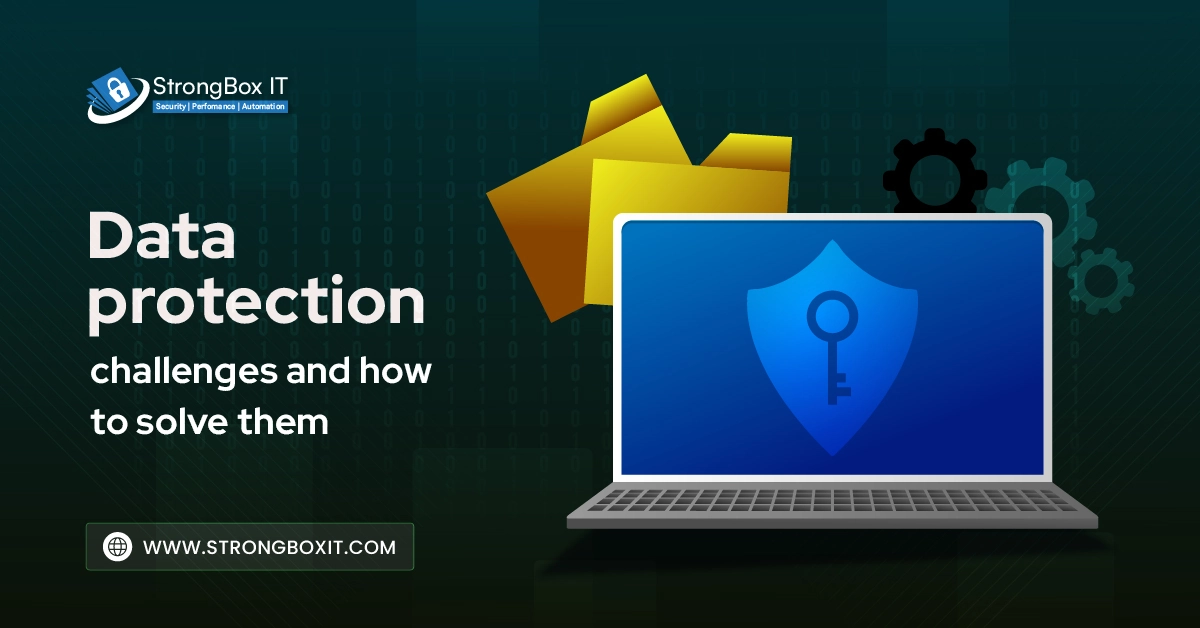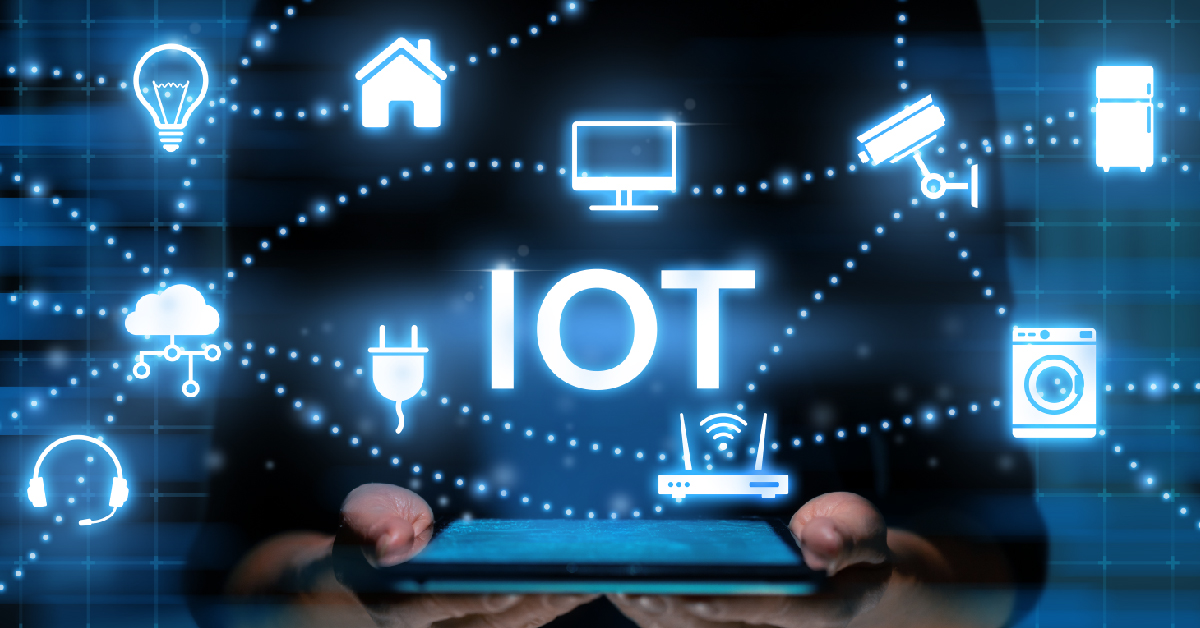
Healthcare has evolved rapidly with the rise of digital platforms. From electronic health records (EHRs) to telemedicine apps and remote patient monitoring systems, digital tools now form the backbone of modern medical services. However, this digital transformation comes with a hidden cost—an expanding attack surface that is highly attractive to cybercriminals.
Healthcare applications store vast amounts of sensitive data and often operate within complex, sometimes outdated, IT infrastructures. These factors make them one of the most targeted sectors for cyberattacks globally. In this blog, we’ll break down why healthcare is in the cybercriminals’ crosshairs, explore common threats, and offer actionable strategies to improve security posture.
Why Healthcare Is a Top Target for Cyberattacks?
The healthcare industry is particularly sensitive to cyber attacks because of the kind of data it manages and the operational constraints it deals with.
High-value data: Medical data is a jackpot of information; personally identifiable information (PII), insurances, and even finances-services to everything in a single click. They are sold on the dark web for astronomical prices and surpassing even some financial information data.
Legacy infrastructure: A lot of healthcare systems still operate on outdated technology which lacks the modern security features. Also, budgetary limitations alongside operational priorities often put off upgrading and patching.
Time-Sensitive Environment: Hospitals and other health facilities are under constant pressure and cannot afford downtime. This increases the likelihood of tackling paying a ransom if targeted.
Regulatory Burden: Compliance with standards such as Hipaa , GDPR, and India's DPDP Act makes the complexity higher and in the incident of a breach, exposure is increased making it more and more difficult.These factors make healthcare organizations attractive and often easy targets for cybercriminals.
Common Cybersecurity Risks in Healthcare Applications
1. Data Breaches & Leaks
Patient records can be accessed and breached through the inadequate application of access controls and system vulnerabilities. Breaches like Anthem and Medibank show how one breach can compromise millions of records.2. Ransomware Attacks
The healthcare sector remains the primary target for ransomware cyberattacks. Hospitals and clinics often find themselves at a standstill as cybercriminals demand payment for encrypted data, holding healthcare data hostage.3. Insecure APIs
APIs are widely used for data exchange in modern-day healthcare applications. As with any poorly-controlled access points, APIs can be exploited by attackers if security mechanisms are inadequate.4. Weak Authentication
Systems that lack MFA, especially those that rely on weak and reused passwords, become victims of brute force and credential stuffing attacks.5. Insider Threats
Employees are a substantial threat, whether they act with malicious intent or are simply negligent. In the absence of strict role-based access controls, any form of data misuse goes untracked.6. Vulnerabilities Related to Mobile Devices and Telehealth
Telehealth and mobile health apps come with new risks, including lack of encrypted communication and unprotected access points like unsecured Wi-Fi and third party tools.7. Exploits of Medical IoT Devices
Infusion pumps, heart monitors, and other connected devices often lack the necessary security updates, thus serving as weak points for exploitation into healthcare networks.
Compliance & Regulatory Considerations
Healthcare apps store sensitive patient information which are subject to stringent regulations. If a healthcare provider fails to comply, there would be severe damages to their reputation, a loss of trust from patients, and most importantly, a loss of trust from patients. Let’s explore some of the key regulatory frameworks healthcare providers must adhere to:
HIPAA (Health Insurance Portability and Accountability Act – USA)
HIPAA is one of the most important regulations in the USA that controls the use and sharing of healthcare data. This regulation requires healthcare providers to give appropriate data PHI (protected health information) some data safeguards which include administrative, physical, and technical barriers.
- PHI safeguarding and access limitations
- Data breach notification and response protocols
- Data access guarantees based on employment roles
- Data secrecy guarantees during storage and sharing
- Risk evaluation and remediation strategies
GDPR (General Data Protection Regulation – EU)
GDPR applies to organizations located in the EU or those who interact with data of EU citizens. Unlike HIPAA, GDPR encompasses all types of sensitive information, not just health data.
- Patient interactions for data gathering must be guided and signed off by the patient.
- Patients must be able to access, modify, or remove their data.
- Data security must be implemented from the conceptual stage and structurally throughout the system.
- Notify breaches of data security within 3 days.
India’s Digital Personal Data Protection (DPDP) Act
India’s DPDP Act, effective 2023, is a noteworthy development for data privacy in the country as it impacts the manner in which healthcare applications process personal data, even health records.
- Patients must be guided and signed off for data gathering.
- Access and implement necessary security measures.
- Designate a Data Protection Officer (DPO).
- Duly notify the Data Protection Board about data breaches.
Strategies to Secure Healthcare Applications
Adopt secure software development lifecycle (SSDLC)
➤ Integrate security measures into each phase of the software development lifecycle (from design to deployment). Conduct regular code reviews and threat modeling to identify risks early.
Implement data encryption
➤ Ensure encryption is applied to sensitive data both in transit and at rest, utilizing industry-standard practices, AES-256, and TLS 1.3.
Enforce strong access controls
➤ Protect sensitive data by implementing multi-factor authentication (MFA) and role-based access to both internal and external threats.
Conduct regular VAPT
➤ Proactively identify and remediate exploitable flaws in applications with the assistance of VAPT (Vulnerability Assessment and Penetration Testing), performing them at regular intervals.
Segment networks and apply zero trust principles
➤ Implement a zero-trust approach to sensitive systems by minimizing lateral movement and utilizing “never trust, always verify” systems.
Secure APIs and mobile interfaces
➤ Guard against the unauthorized access of data through precautionary measures such as API gateways, tokens, and strong authentication.
Patch and update systems promptly
➤ Expedite the application of security updates to all platforms and applications. Legacy systems outdated and unmaintained remain underutilized, posing substantial risk.
The Role of Cybersecurity Partners
Cybersecurity is not a one-off solution, and instead, it is a multi-faceted undertaking needing guidance, continual adaptation, and tailored strategies for a given sector. StrongBox IT is one such partner.
We assist healthcare organizations in:
- Identifying and resolving weaknesses with VAPT ( Vulnerability Assessment & Penetration Testing )
- Achieving compliance with HIPAA, GDPR, and the DPDP Act
- Securing healthcare apps, APIs, and cloud-based platforms
- Empowering defenses with Zero Trust Architecture & multi-factorial authentication (MFA)
- Creating proactive breach response plans
With tailored approaches rooted in proven expertise, StrongBox IT becomes an extended team member ensuring resilient systems and safeguarded patient data.
As a healthcare provider, you will also benefit from:
- Application Security Testing
- Network Penetration Testing
- Cloud Security Assessments
- Compliance Support for HIPAA and PDPA
- Incident Response Planning
- Managed Detection & Response (MDR)
Protecting what matters most, healthcare organizations’ patient trust, is a goal achieved through rigorous collaboration with StrongBox IT, and other clinics and healthcare tech firms.
Conclusion
As healthcare continues its digital evolution, cybersecurity must remain at the crucial step of every application. The risks are no longer limited to data-loss, they directly impact patient safety, trust, and business continuity. From data breaches and ransomware to regulatory non-compliance, the threats are real and rapidly evolving. But with the right strategies – secure development practices, regular VAPT , strong access controls, and expert partnerships, healthcare providers can stay ahead of the curve.
Need help securing your healthcare application?
Connect with StrongBox IT today for end-to-end cybersecurity solutions tailored to the healthcare industry.






